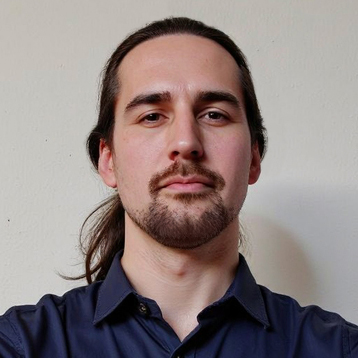Best 15 Mobile App User Acquisition Strategies for 2025
Acquiring and retaining app users is more competitive than ever. As we approach 2025, the mobile app landscape continues to evolve, driven by rapid technological advancements and shifting user behaviors. With over 5 million apps available across Google Play and the Apple App Store, staying ahead requires more than just a good idea—it demands a […]






